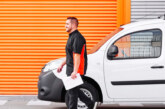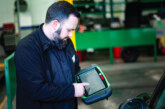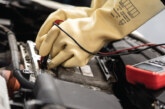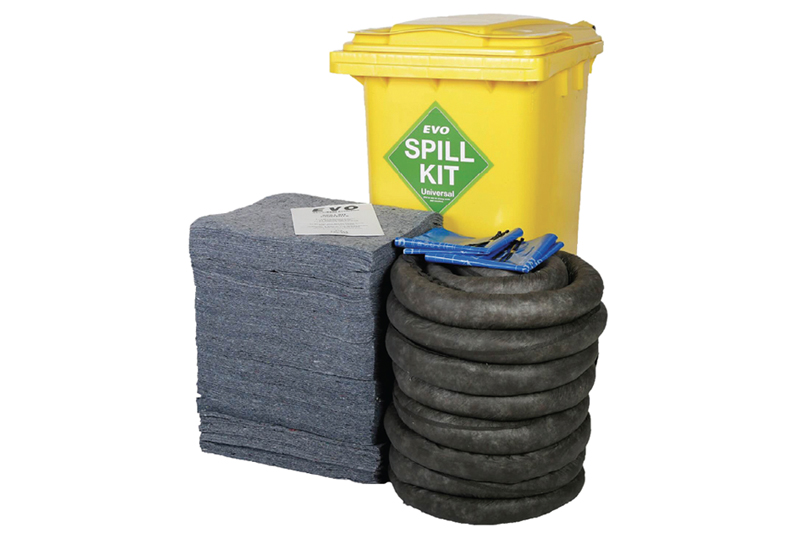
Spills are commonplace in CV workshops, but are you equipped to deal with them? Spill kits play a crucial role in tackling potentially hazardous liquid spills and leaks. FirstMats gives an overview of the types available.
Whether you drive, maintain, repair, or own commercial vehicles, you’ll undoubtedly come into contact with different potentially dangerous liquids. Brake fluids, coolants, lubricants, oils, and fuels are all substances that – if allowed to leak into the environment – can be hazardous to health and the ecosystem.
In some cases (bulk fuel or oil storage, for example), spill kits are mandated through the Health and Safety Executive’s extensive COSHH (Control of Substances Hazardous to Health) regulations. In others, it’s simply best practice to have a spill kit handy to protect personnel, equipment, and your site. Whatever the reason, you need to know what kinds of spill kits are available, and make sure that you have the correct ones stocked and ready for use.
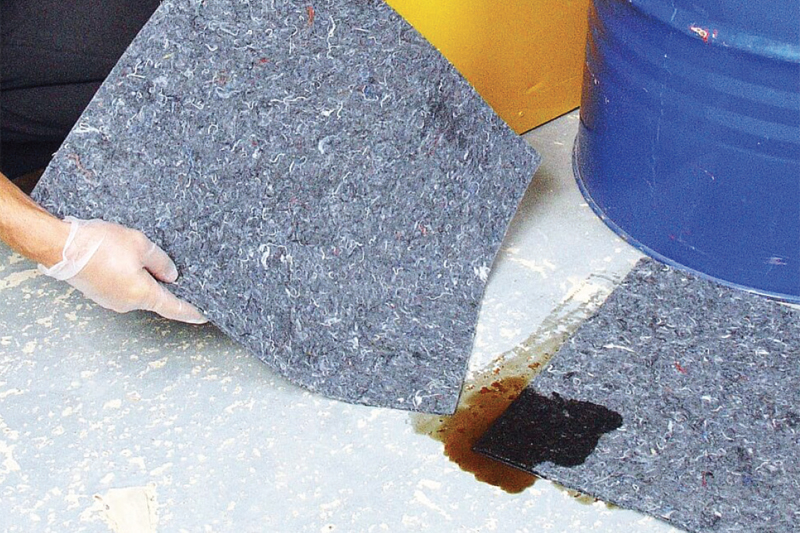
Spill kits explained
Oil spill kits – Typically white in colour, oil and fuel spill kits include absorbent pads and rolls made from a hydrophobic material. They actively repel water, while soaking up hydrocarbons (the fuel or oil). They’re especially useful in damp environments or where the spill has mixed with water.
Universal spill kits – Easily identified by their lighter grey colour, universal spill kits are particularly versatile, and well-suited to sites that use a broad range of fluids. They are able to absorb water-based liquids like coolants and antifreeze, and are also very effective in tackling oil and fuel spills.
AdBlue spill kits – Supplied in easily recognisable blue containers, one of the more recent additions to the spill kit world is the AdBlue kit. These are designed for use against spills of diesel exhaust fluid (an aqueous urea solution), which is used to reduce harmful emissions from diesel engines. Other spill kits are not very effective in dealing with AdBlue, so if you store or use it, these dedicated kits are a must-have.
How many do you need?
Once you’ve worked out what kind of spill kit you want, you need to assess how many you need and in what size. Popular sizes are anywhere between 90 and 240 litres (based on absorbent capacity) and you need to base your choice on your specific needs.

Best practice for larger sites or those with multiple chemical storage or use areas is to spread out smaller kits, letting personnel tackle spills quickly and then source more absorbents from further afield as necessary.
Kits are also available in handy in-vehicle sizes – perfect for keeping in the cabs of your vehicles and tackling any leaks or spills that happen off-site. If in doubt, check with a health and safety expert to make sure you are meeting your obligation under the law and protecting your people, site, and the broader environment.


